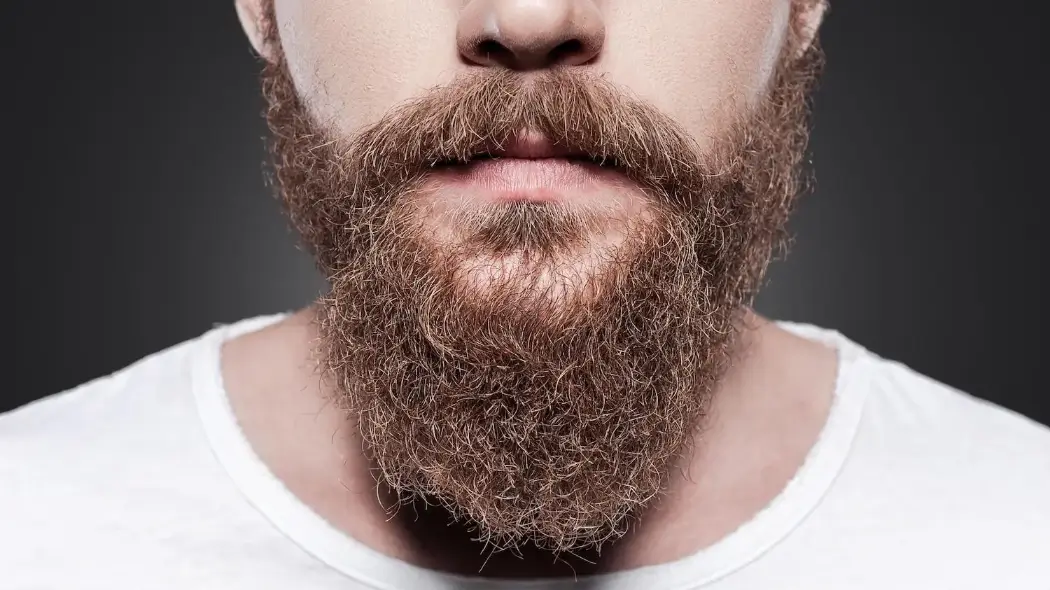Beard Transplantation: A New Era in Male Aesthetics

Beards and mustaches have held significant importance in male aesthetics for centuries. A beard is not only a characteristic element of the male face but also a way to reflect personal style and identity. However, due to genetic factors, hormonal imbalances, scars, or other reasons, some men may have difficulty growing or may have sparse facial hair. This situation can create a lack of self-confidence for many men. Beard transplantation is an effective method offered by modern medicine to address this issue.
Beard transplantation is the process of taking a person’s hair follicles from donor areas and transplanting them to the areas where hair is missing or sparse. This method offers an ideal solution for men who want to achieve a natural-looking, full beard.
What is Beard Transplantation?
Beard transplantation involves the implantation of grafts (hair follicles) taken from strong hair roots in the donor area, typically from the nape or sides, to the beard area. The nape is usually preferred because the hair follicles in this area are genetically resistant to hair loss and continue to grow permanently after transplantation. Beard transplantation can be performed using FUE (Follicular Unit Extraction) or DHI (Direct Hair Implantation) techniques.
Beard Transplantation Techniques
- FUE Technique: In the FUE method, individual hair follicles are extracted from the donor area and placed into small channels created in the target area for implantation. This method typically leaves minimal scarring and has a fast recovery process.
- DHI Technique: In the DHI method, hair follicles are directly placed into the target area using special pens (choi pens) without opening channels. This process allows for a denser and more controlled implantation.
Both techniques are effective for achieving a natural and full beard appearance. The preferred method may vary based on individual needs and the physician’s recommendations.
Who is Suitable for Beard Transplantation?
Beard transplantation is suitable for men with sparse beards or those who are completely beardless for various reasons. Beard transplantation may be considered in the following situations:
- Genetic Factors: Insufficient or very sparse beard growth due to hereditary predisposition.
- Scars or Burns: Lack of hair growth in certain areas of the beard due to accidents, burns, or scars.
- Irregular Beard Growth: Asymmetrical or irregular beard growth can lead to an aesthetically unpleasing appearance.
- Aesthetic Preferences: Men who desire a fuller, denser, or more shaped beard can opt for beard transplantation.
Beard transplantation is generally suitable for healthy men of all ages. The availability and strength of hair follicles in the donor area are significant factors in the success of this treatment.
The Beard Transplantation Process
When performed by a professional specialist, the beard transplantation process is a safe and effective procedure. Before the procedure, the doctor evaluates the patient’s facial structure, beard growth direction, and areas that will provide a natural appearance. Here are the steps involved in the beard transplantation process:
- Consultation and Planning: In the initial step, a detailed consultation is conducted with the doctor. Areas for beard transplantation are determined, and a suitable plan is created for the desired density and natural appearance.
- Determining the Donor Area: Hair follicles required for beard transplantation are usually taken from the nape. This area is genetically resistant to hair loss, ensuring that these follicles will grow permanently after transplantation.
- Extraction of Follicles: Using the FUE or DHI technique, grafts are taken from the donor area. Local anesthesia is applied during this stage, so no pain is felt during the procedure.
- Implantation of Grafts: The extracted hair follicles are placed into the target area. The angle and direction of implantation are crucial for providing a natural and aesthetic appearance. Implanting the hairs according to the beard growth direction ensures a natural beard look.
- Recovery Process: The recovery process after beard transplantation is quite fast. Mild redness and swelling may occur in the first few days, but these effects quickly subside. The transplanted hairs may shed within the first few weeks, which is a normal process. New, permanent beard hairs begin to emerge after 2 to 3 months, and the full results become clear in approximately 6 to 12 months.
Important Considerations After Beard Transplantation
There are some important points to pay attention to after beard transplantation:
- First 48 Hours: It is recommended not to wash the face during the first 48 hours after the procedure. Protecting the transplanted area and avoiding trauma is crucial.
- First Week: The implanted area should be protected from friction, shaving should be avoided, and care should be taken not to dry the face vigorously.
- First Month: Regular use of care creams and medications recommended by the doctor is essential. Care must be taken for the healthy settlement of the newly transplanted follicles.
Beard Transplantation Prices and Results
The prices for beard transplantation can vary based on the number of grafts to be implanted, the techniques used, and the equipment of the clinic performing the procedure. On average, 1,000 to 3,000 grafts are implanted, which is determined by the overall density of the beard. Beard transplantation offers permanent results, and the transplanted hairs continue to grow throughout life. Therefore, beard transplantation can be considered a long-term investment in male aesthetics.
Natural and Full Beards with Beard Transplantation
Beard transplantation is a reliable and permanent solution for men who want to achieve naturally looking, full, and well-groomed beards. A beard transplantation that suits the facial features not only provides an aesthetic appearance but also boosts the individual’s self-confidence.
